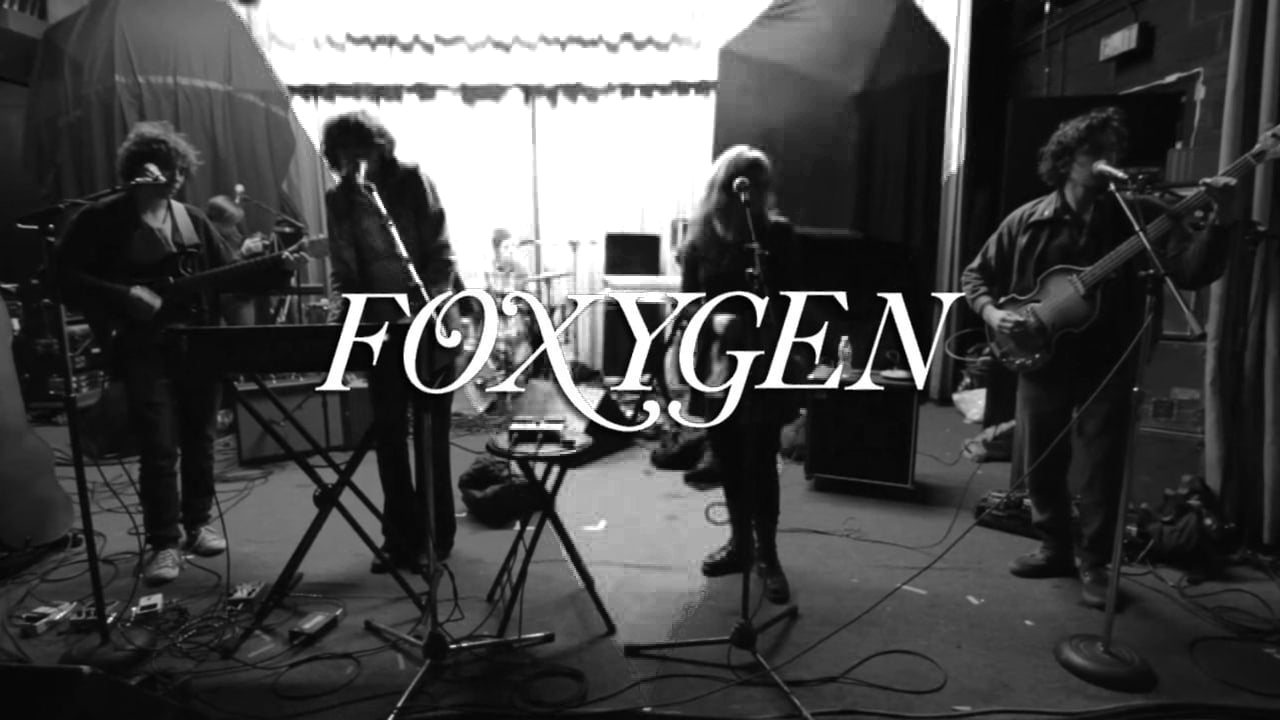

Last week, indie-rock band Foxygen released their fourth official album, “Hang.” The album follows their popular 2013 album, “We Are the 21st Century Ambassadors of Peace & Magic,” and their less well-received 2014 album, “…And Star Power.” “Hang” is the title of the last track on their previous album. However, the relationship between the previous album and the most recent release does not seem so literal, in terms of content.
The Foxygen duo, comprised of Californians Sam France and Jonathan Rado, is known for pushing the boundaries of rock while still managing to imitate the styles of older rock bands such as The Rolling Stones. “Hang” certainly lives up to this reputation. Many of the sounds in the new album are distinctive and unconventional. Throughout the album, Foxygen brings in orchestral parts, leaving it up to debate as to whether it is a traditional “rock” album.
Regardless of the album’s genre, “Hang” is a strong showing for Foxygen, who seem to have taken a mellower approach on “Hang” than on their previous two projects. The sounds on “Hang” are enveloping rather than piercing. The cover art hints at this new mood — it is a blend of dark blues, greens and reds, rather than a distinct image. Similarly, the tracks in the album have no clear focus or idea, and each one is vastly different from the others. This doesn’t necessarily detract from the songs. The album itself only has 8 tracks, for a 33-minute runtime. This short tracklist leaves the listener wanting and expecting more from the record.
Nevertheless, the compositions themselves are, for the most part, beautiful. “Hang” opens with the compelling single “Follow the Leader,” which immediately shows off the orchestral component of the album. The song fuses Foxygen’s Rolling Stones style with brass and strings sections. The lyrics do get a little repetitive, but the song is still enjoyable. The next song, “Avalon,” catches the listener off guard with quirky old Hollywood-musical sound. “Mrs. Adams” is a very fun and uplifting song, and quite possibly the best track on the album. The instrumental sections are incredible, and they perfectly blend orchestra with electric guitar. The fourth song, “America,” which was the first single from the album, is also quite an experimental trip.
The lyrics make very little sense and the tempo of the song varies quite frequently. However, the repeated use of the orchestra in the piece is fascinating. “On Lankershim” takes a step back from the experimental. Nevertheless, the song, which sounds very Californian, is definitely another standout on “Hang.”
“Upon a Hill” is a little bit of oddball on the album. It is extremely short and sounds like an unfinished piece of a song instead of a complete track. The album returns to form on “Trauma,” an extremely dramatic ballad. It has a majestic sound to it, and perhaps it should have been the closing track. The actual final track, “Rise Up,” is a nice, melancholy song, but it doesn’t have a weight of finality to it.
Overall, Foxygen has produced another solid album, continuing to experiment with rock and pushing the borders of the genre. However, there are still issues with the album. There is little semblance of a coherent idea linking any of these songs. Perhaps that is because there is almost no lyricism. With most Foxygen songs, one doesn’t expect brilliant storytelling, but on “Hang” there is almost none at all. If someone asked me to describe the idea behind any of these songs, I would certainly struggle. Finally, the album feels way too short, and Foxygen could have comfortably added one or two more songs. Nevertheless, I still enjoyed listening to “Hang” and am excited to see what direction Foxygen takes in the future.